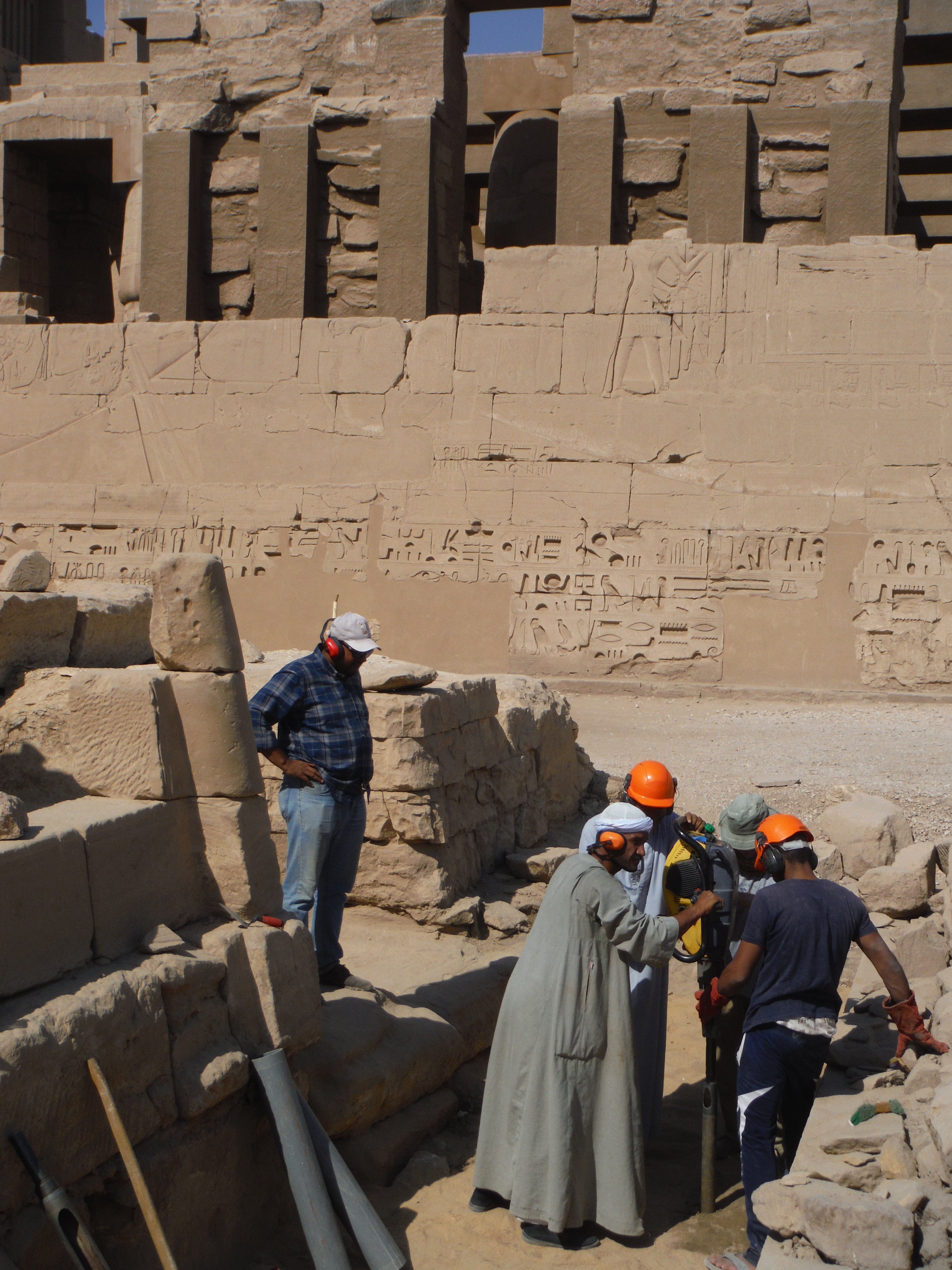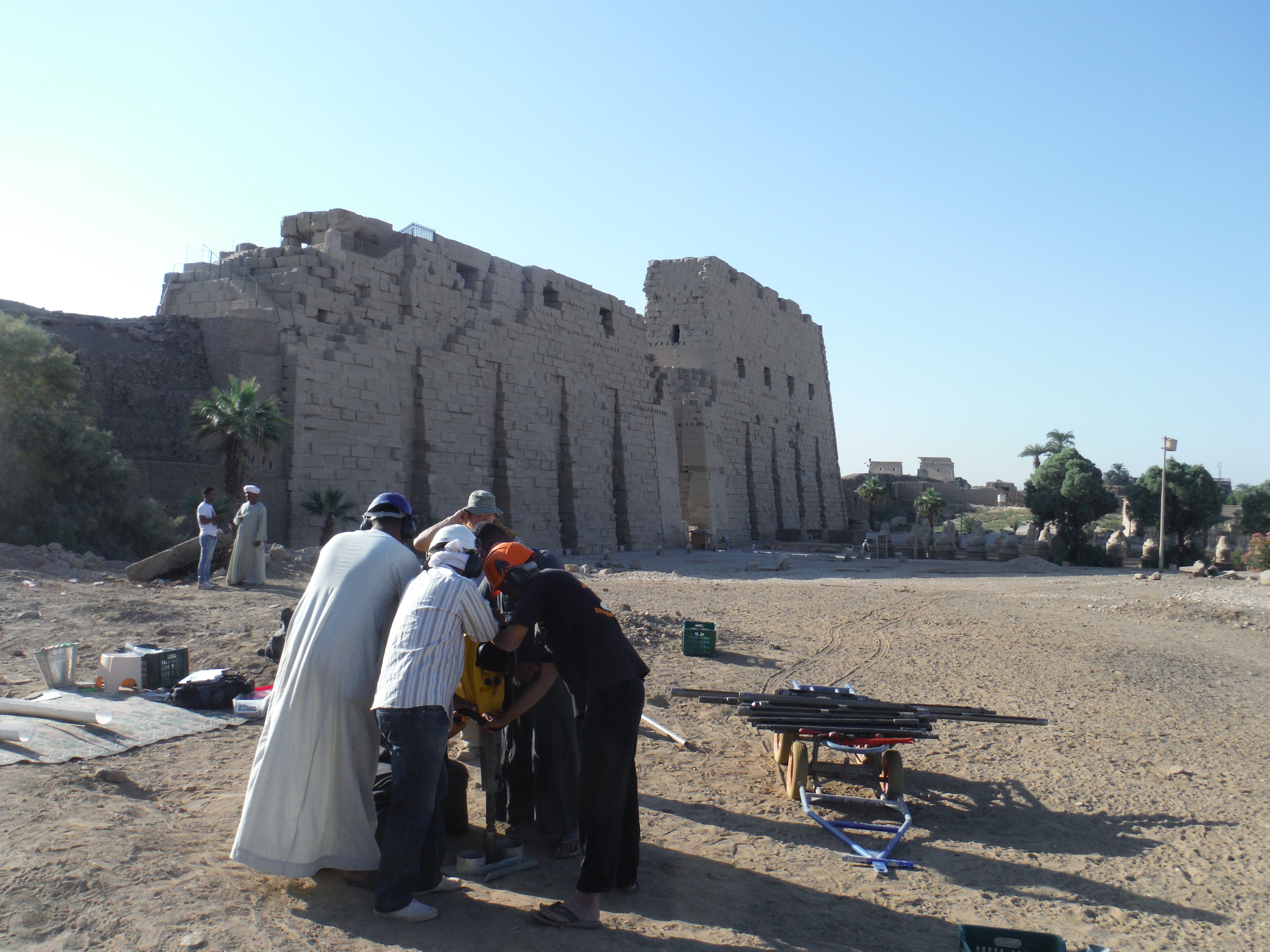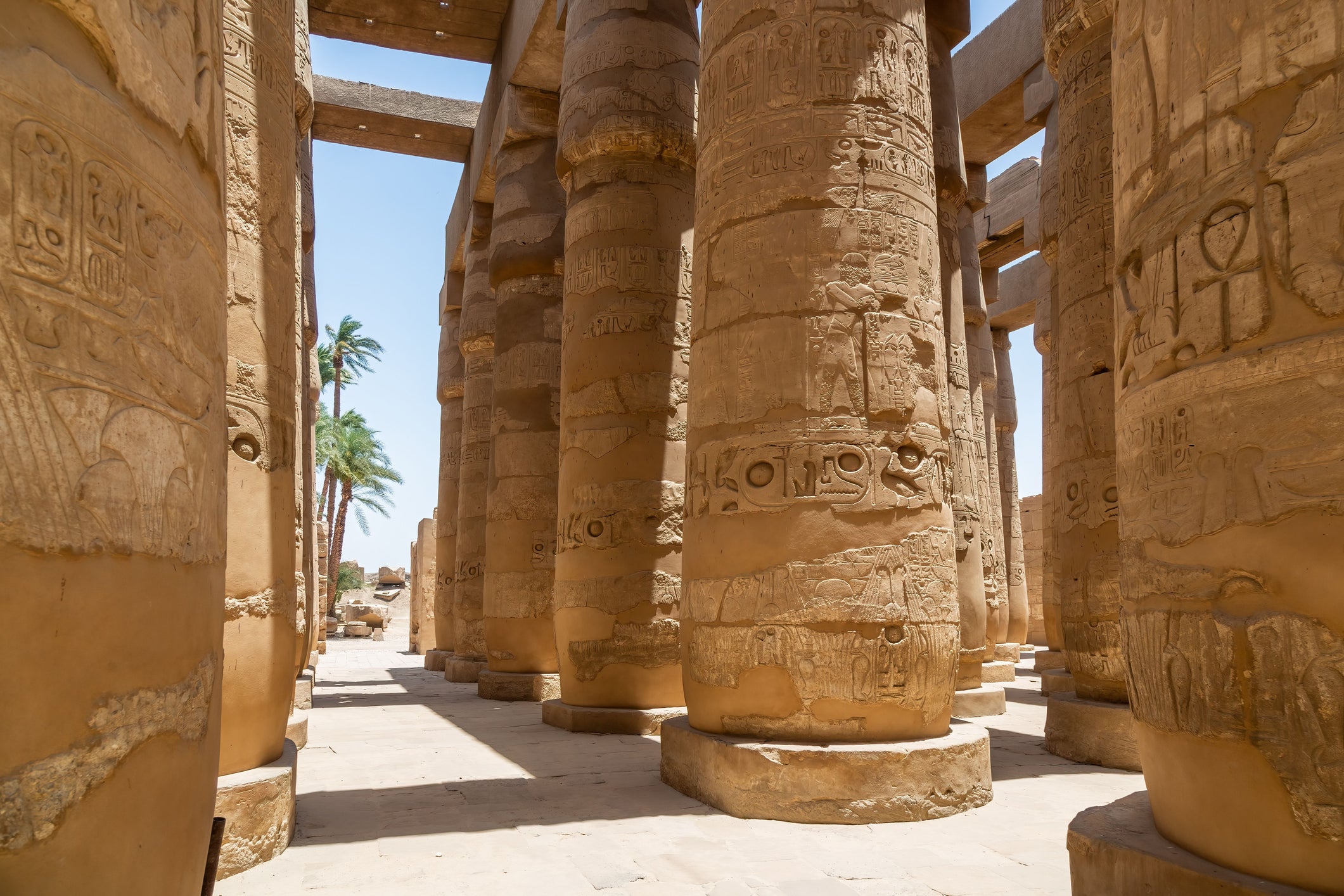The secrets behind an incredible 4,000-year-old temple known as “one of the defining institutions of Ancient Egypt” have been uncovered by new research.
Millions of tourists flock to the Karnak Temple near Luxor every year to visit the UNESCO World Heritage site, which is one of the ancient world’s largest temple complexes.
A holy ground for Ancient Egyptians, the temple was believed to be linked to the civilisation’s creation myth which saw sun-god Ra emerge from the “waters of chaos”. The island-based complex was built in dedication to the supreme king of the gods Amun-Ra.
A new study by teams at the University of Southampton and Uppsala University has now revealed new evidence on the age and origins of the temple, giving archaeologists “unprecedented detail” into the complex’s secrets.
Researchers analysed 61 sediment cores from within and around the temple site, allowing them to map how the landscape of the site has evolved since ancient times.

Their findings, published in the journal Antiquity, show the earliest date the site could have been occupied was between 2591–2152 BC - around 4,500 years ago. Experts have previously argued the site could date back to as early as around 3000 BC, while others suggested a later date - a theory supported by the new research.
The team said their research showed any earlier date was not viable because prior to about 2520 BCE, the site was regularly flooded by fast-flowing water from the Nile.
Dr Kristian Strutt, a co-author of the paper from the University of Southampton, said the research offered vital new information about the “hotly contested” age of the site.
“The age of Karnak Temple has been hotly contested in archaeological circles,” he explained. “Our new evidence places a temporal constraint on its earliest occupation and construction.”
Researchers were also able to reveal how ancient Egyptians had shaped the river around the temple themselves, dumping sand into channels to expand the island and build new parts of the site.
Dominic Barker, another co-author added: “The river channels surrounding the site shaped how the temple could develop and where, with new construction taking place on top of old rivers as they silted up.

“We also see how Ancient Egyptians shaped the river itself, through the dumping of sands from the desert into channels, possibly to provide new land for building, for example.”
Their study also shed new light on why the Egyptians may have chosen to build the temple on the island. Archaeologists said their new understanding of the area showed how the site of worship would have looked like high ground emerging from water during the area’s annual floods - an image taken from Egyptian mythology.

“This new research provides unprecedented detail on the evolution of Karnak Temple, from a small island to one of the defining institutions of Ancient Egypt,” said Dr Ben Pennington, lead author of the paper and a Visiting Fellow in Geoarchaeology at the University of Southampton.
“It’s tempting to suggest the Theban elites chose Karnak’s location for the dwelling place of a new form of the creator god, ‘Ra-Amun’, as it fitted the cosmogonical scene of high ground emerging from surrounding water,” says Dr Pennington.
“Later texts of the Middle Kingdom (c.1980–1760 BC) develop this idea, with the ‘primeval mound’ rising from the ‘Waters of Chaos’. During this period, the abating of the annual flood would have echoed this scene, with the mound on which Karnak was built appearing to ‘rise’ and grow from the receding floodwaters.”







